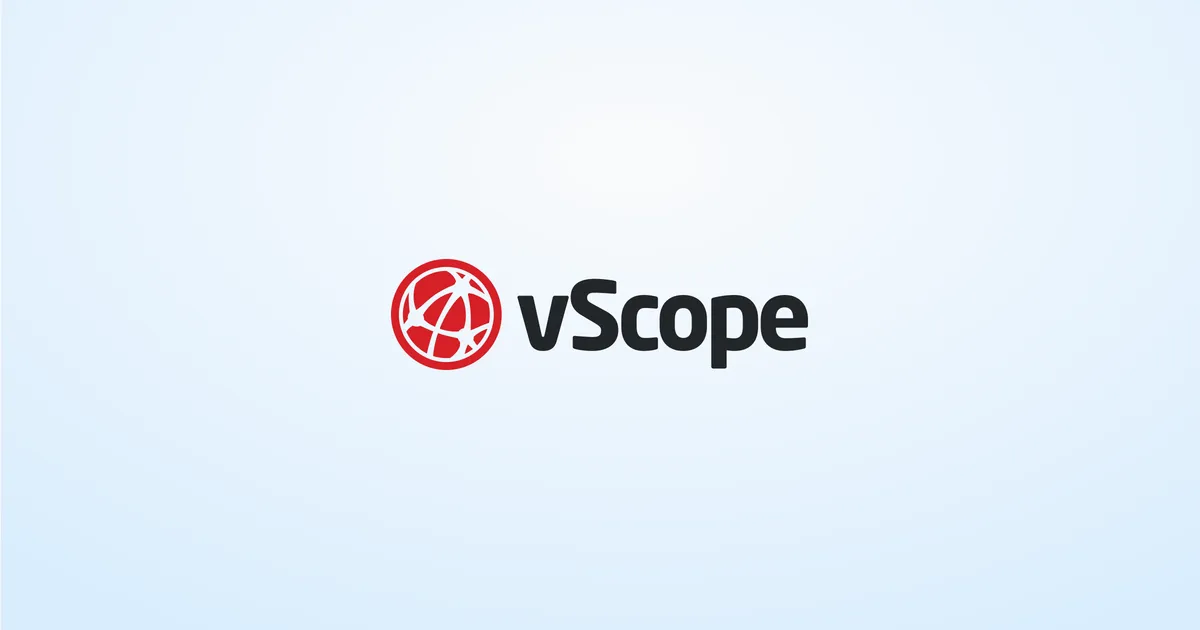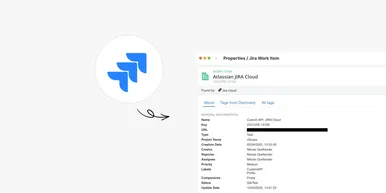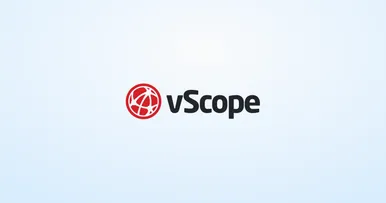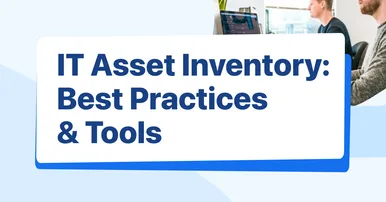
What is a Microsoft True-Up
There are many good reasons to enter an Enterprise Agreement (EA) with Microsoft, the biggest is probably the flexibility when deploying new hardware and software. However, the EA is a two way street and once a year it's your turn to hold up your end of the bargain, with a Microsoft True-up.
Microsoft Enterprise Agreement
The EA is a licensing option that targets large scale enterprises with at least 250 desktops or users, which wants to license them for a three year period. An EA isn’t for everyone but has a really good value for organizations that wants cloud services and software licenses under one agreement.
What is a Microsoft True-up?
The True-Up is the yearly evaluation of the qualified licenses you’ve deployed in your EA. It usually takes place on your annual anniversary of entering the Enterprise Agreement with Microsoft. During the year you can deploy or remove as many Microsoft licenses as you wish. And for the True-Up, you compile a list of devices and/or users to stay compliant with the EA. As the Microsoft EA True-Up Guide clearly states:
“This is the True-Up process: an inventory of all the qualified devices, users, and processors added over the course of the year.”
Since the True-Up is basically a report of change in the number of licenses to Microsoft it’s important that you only report products that are licensed under the EA. Make sure that you complete your True-Up in time, otherwise, you might get hit by a licensing compliance audit.
What to inventory
- EA-qualified devices that use Microsoft-licensed software. I.e: servers, computers (desktops, laptops, and terminals), and mobile devices. Document the number of devices and their service dates.
- The number of qualifying, underlying OS licenses on devices, including the type of OS and service date.
- All Microsoft application software. (see Microsoft’s updated product list here)
- The number of User CALs and Device CALs within your enterprise
True-Up Best practices
When it comes down to compiling the True-Up report it’s fairly straightforward. You put together the information from your documentation/inventory and calculate the changes for the statement. The best practices focus on how you manage your EA licenses and processes over the year.
Best practices
- Maintain a defined process and always make sure you remove old users & devices. Analyze data and optimize license usage all year round.
- Maintain updated documentation of servers, devices, and users all year. This can be done manually or with tools. Using a software solution like vScope will save you headaches and days of work over a year.
- Identify products and their versions in your organization that applies to the EA.
- Make use of Microsoft their resources. They are there to help you.
Conclusion
Having a True-Up around the corner can be stressful unless you are prepared. But by having good documentation and management of the Microsoft EA licenses all year around it’s a different story. Make use of tools, processes, and resources provided by Microsoft to focus on more critical work instead of spending hours compiling reports for Microsoft.
Using vScope you always have updated documentation all year around. Always ready for True Ups and audits.
Related blog posts
All posts
How to rightsize databases with vScope
Rightsizing your IT environment is a powerful way to optimize costs. Preparing for database resource migration offers a great chance to phase out unused elements and save on operational and licensing budgets. In this article, we will learn how to investigate database usage, identify unused resources, and significantly lower costs for both migration and future operations.

Full Control Over Users and Issues in Jira with vScope
We're excited to announce the initial integration with Atlassian Jira, the leading platform for project and issue tracking. This enhancement will provide you with an improved overview of users, activity, and issues directly within vScope, simplifying the process of tracking license utilization, identifying opportunities for cost efficiency, and connecting issues to relevant services.

Securing Your Windows Data Center: Best Practices for IT Discovery Read Accounts
Gaining comprehensive visibility into your IT environment is crucial for accurate asset inventory, documentation, and effective security audits. However, granting overly broad access and permissions for user accounts can introduce significant security vulnerabilities, making the careful management of user account access a critical concern.

Getting Started with IT Governance in vScope
IT governance can be challenging when managing complex IT assets, documentation, and compliance. vScope simplifies this process with vScope Governance, a features that deliver complete visibility and streamlined collaboration across your network. In this post I will share three tips to get started and get the most out of IT governance in vScope.

The Ultimate Guide to IT Asset Inventory: Best Practices and Tools
In the ever-evolving world of technology, managing and maintaining IT assets is crucial for the smooth functioning of any organization. From hardware devices and software licenses to network equipment and digital resources, IT asset inventory plays a significant role in ensuring optimal performance and cost-effective operations.

What is CMDB: A comprehensive guide to configuration management database
The Configuration Management Database (CMDB) is a crucial component of IT Service Management (ITSM). It serves as a central repository for storing and managing information about the various configuration items (CIs) within an organization's IT infrastructure. In this comprehensive guide, we will delve into the basics of CMDB, its key components, its role in ITSM, the process of implementing it, and the best practices for managing it effectively.

Everything you need to know about ITSM
How can IT organizations better align their operations to support the main business objectives? How can technology facilitate more efficient workflows in the company as a whole and how can IT staff continuously improve its operations to deliver better IT services? These questions are some of the reasons why companies are investing in, implementing, and developing ITSM processes.

3 steps to reduce your IT costs
As IT is becoming an integral part of organizations the costs of IT are increasing. Many businesses are therefore looking for ways to reduce their IT costs. Here we present 3 tips to reduce your IT costs!

3 common challenges with ITAM
IT asset management (ITAM) is an incredibly efficient way to keep track of your IT assets — if it is executed correctly. In this article, we explore three common challenges associated with ITAM and how to solve them.